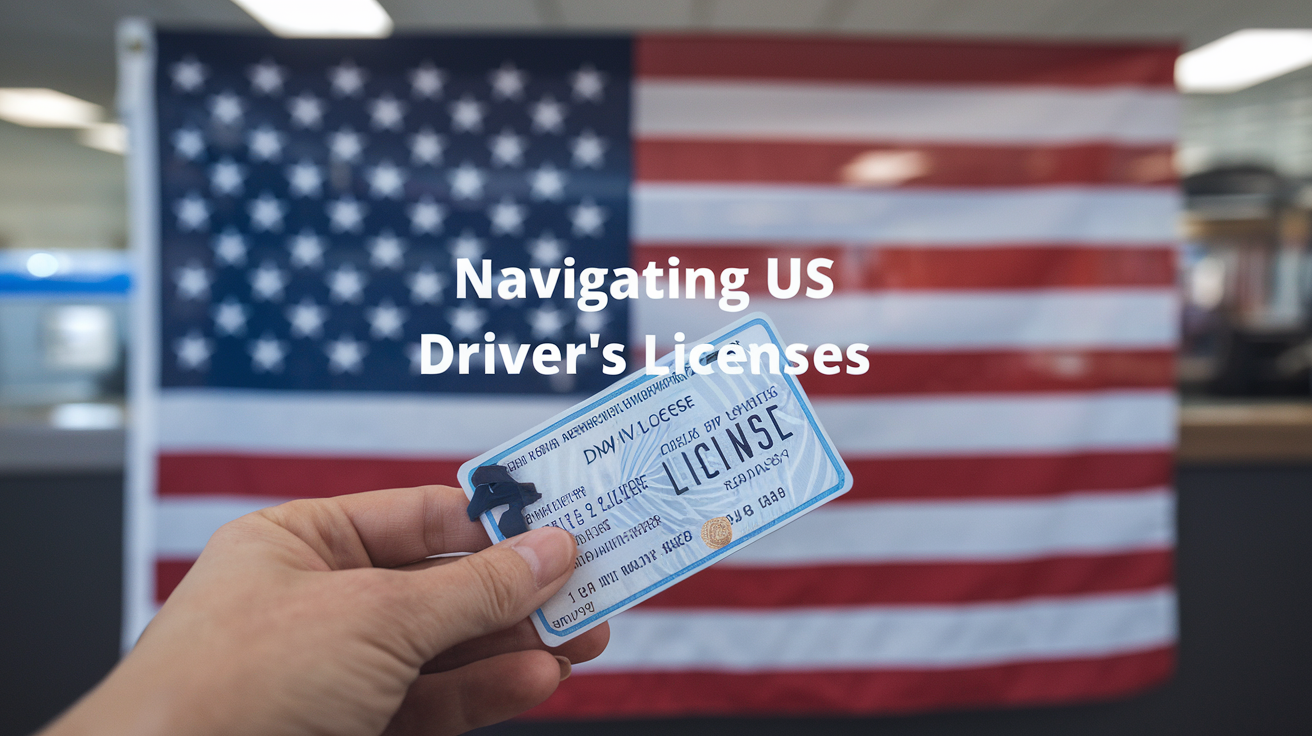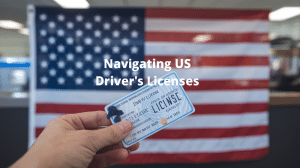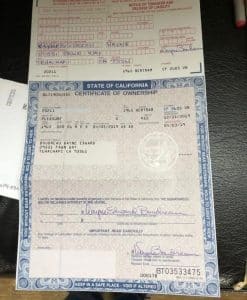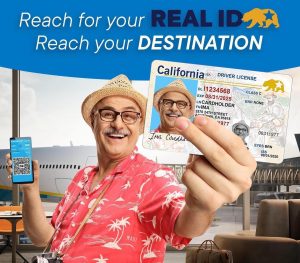
Ever stood in a DMV line for three hours only to find out you brought the wrong documents? Join the club of 12 million Americans who mess up their driver’s license applications every year.
Getting your driver’s license in the United States isn’t just about proving you can parallel park without taking out a fire hydrant. It’s about navigating a system that changes dramatically depending on which state you call home.
Whether you’re a teenager counting down to freedom day or someone who just moved from California to Texas, understanding driver’s licenses in the United States can save you headaches, time, and those uncomfortable DMV photo retakes.
But here’s what most people don’t realize about state licensing requirements until it’s too late…
Students

Student Driver’s Licenses
The student driver’s license scene in the United States is a whole world of its own. If you’re between 14 and 18 (yep, some states start that young), you’re looking at a graduated licensing system that’s basically training wheels for your driving career.
Most states kick things off with a learner’s permit. This is your golden ticket to practice driving—but only with an adult supervisor who’s already got their full license. No solo joyrides just yet.
Next up is the provisional or restricted license. This is where things get interesting. You can drive alone, but with some serious strings attached:
-
No driving between midnight and 5 AM (unless it’s for school, work, or emergencies)
-
Limited number of passengers (usually just family members)
-
Zero tolerance for any alcohol in your system
-
No cell phone use whatsoever (not even hands-free in many states)
These restrictions aren’t just annoying rules—they’re based on hard data. Teen drivers have the highest crash rates, especially with friends in the car or during late-night hours.
School Requirements
Many states tie driving privileges directly to your school performance. In states like Tennessee, California, and Nevada, you need to prove you’re actually showing up to class and not flunking out before they’ll hand over that license.
Some schools even offer driver’s education courses for credit. These programs typically include:
-
30+ hours of classroom instruction
-
6-10 hours of behind-the-wheel training
-
Written exams on road rules and safety
-
Observation hours watching other students drive
These courses aren’t just about passing a test—they’re about keeping you alive during those high-risk early driving years.
Breadcrumb

Understanding Breadcrumb Navigation
Ever noticed those tiny links at the top of websites showing your path? That’s a breadcrumb trail, and it’s super helpful when navigating complex sites like those for driver’s license information.
Think about it – you’re deep into researching license renewal requirements and suddenly need to jump back to the main DMV page. Without breadcrumbs, you’d be hitting that back button like crazy or starting all over again.
Why Breadcrumbs Matter on DMV Websites
DMV websites are notorious mazes of information. Breadcrumbs show exactly where you are in the site hierarchy:
Home > Driver Services > License Requirements > Renewal Process
With this simple trail, you can immediately:
-
See your current location within the site
-
Jump back to any previous category with one click
-
Understand the relationship between different sections
Types of Breadcrumbs on License Information Sites
Most DMV sites use one of these breadcrumb styles:
| Type | Example | Best For |
|---|---|---|
| Location-based | Home > Driver’s Licenses > Real ID | Showing site hierarchy |
| Attribute-based | License Types > Commercial > Class A | Filtering options |
| Path-based | Previous pages you’ve visited | Tracking your journey |
The next time you’re frantically searching for license information before your renewal deadline, pay attention to those little links at the top. They’re not just decorative – they’re your roadmap through the bureaucratic wilderness of driver’s licensing information.
Driving in the United States

Driver’s License Application Process
Getting a driver’s license in America isn’t rocket science, but there’s definitely a process you need to follow. Every state has its own DMV (Department of Motor Vehicles) or similar agency that handles licensing.
First, you’ll need to fill out an application form – either online or in person at your local DMV office. Don’t wait until the last minute because DMV appointments can be booked weeks in advance in busy areas.
Most states require you to pass a vision test right at the DMV counter. Can’t read that eye chart? You might need to get glasses before they’ll let you drive.
Next comes the written test. This exam covers road rules, traffic signs, and safe driving practices. Many states offer practice tests online, and trust me, you’ll want to use them.
If you pass the written test (fingers crossed!), you’ll typically get a learner’s permit that allows you to practice driving with a licensed adult in the car.
Finally, there’s the road test – your chance to prove you can actually drive safely. You’ll need to bring a vehicle in good working order. The examiner will assess your ability to perform basic maneuvers like parallel parking, three-point turns, and obeying traffic signals.
Required Documentation
Walking into the DMV without the right paperwork is a rookie mistake. Here’s what you’ll typically need:
-
Proof of identity: A birth certificate, passport, or immigration documents
-
Social Security Number: Your actual card or just the number, depending on the state
-
Proof of residency: Two documents showing your address (utility bills, bank statements, lease agreements)
-
Application fee: Costs vary by state, ranging from $20 to $100+
Many states now require REAL ID-compliant documentation, which means stricter proof of identity and residency. This is especially important if you want to use your license for air travel or entering federal buildings after October 2023.
Non-citizens need additional documentation showing legal presence in the US. This might include a green card, work visa, or other immigration papers.
Additional Requirements
Age requirements vary by state, but most allow you to get a learner’s permit at 15 or 16 and a full license between 16 and 18. But here’s the catch – many states now use graduated licensing programs with restrictions for new drivers.
These programs typically include:
-
Limits on night driving (no driving after 9 PM or midnight)
-
Passenger restrictions (only family members or limited number of friends)
-
Zero tolerance for alcohol or cell phone use
Some states also require driver’s education courses before you can get a license if you’re under 18. These courses combine classroom instruction with behind-the-wheel training.
Medical requirements exist too. Some states require disclosure of certain medical conditions that might affect driving ability. A few even require doctor’s notes for specific conditions.
Lastly, most licenses need renewal every 4-8 years, with fees and possibly a new vision test. As you age (usually 65+), renewal periods often shorten and requirements increase.

Navigating Driver’s Licenses in the United States
The journey to obtaining a driver’s license in the United States varies significantly across states, but understanding the fundamentals remains essential for students, new residents, and visitors alike. From learner’s permits to full driving privileges, the process requires dedication to learning road rules, practicing safe driving techniques, and successfully completing both written and practical examinations. The breadcrumb approach—moving progressively from permits to provisional licenses and finally to unrestricted licenses—ensures drivers gain experience gradually and safely.
For anyone planning to drive on American roads, familiarizing yourself with local traffic laws is non-negotiable, as regulations can differ substantially between states. Remember that your driver’s license is more than just permission to operate a vehicle; it’s a responsibility to contribute to road safety for yourself and others. Whether you’re a student driver, a new resident, or just visiting, take the time to understand the specific requirements in your state to ensure a smooth and legal driving experience in the United States.






